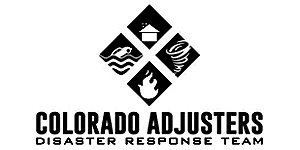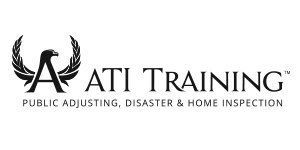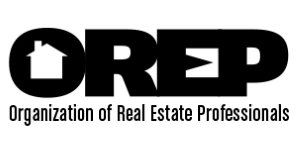Drone photography is poised to play a substantial role in the marketing of listings—but that’s just the beginning. Drone operators are also taking photos to collect information for home appraisals, property inspections after disasters, and construction projects—and doing so more efficiently at lower cost than what could previously be achieved through aerial photography.
When the Federal Aviation Administration started accepting applications for commercial drone operations in May 2014, over a third of the first 1,000 applications were for real estate purposes, according to a trade group, the Association for Unmanned Vehicle Systems International. The growth of drone photography in real estate is likely to escalate once the FAA issues its final rules, expected this summer.
There is a slew of ways that drones could be a boon for the real estate industry. National Association of REALTORS® 2015 President Chris Polychron testified before Congress last September about some of them. “Many structures are not well-suited for conventional photography due to their size, height, or unconventional shape or location,” he said. “The technology will allow the real estate practitioner to safely, quickly, and affordably obtain images that would otherwise be dangerous, difficult, or expensive to capture.”
The insurance industry also sees vast potential for drone use in the aftermath of major storms and other natural disasters. Drones return critical information quickly to contractors in emergencies, says Tom Karol, general counsel at the National Association of Mutual Insurance Companies. “Think about a gaping hole in your roof,” Karol says. “If we can get a contractor out there to put a tarp up, we can stop the rain from getting in the next day, and [prevent] the wood rot and the mold that comes with it,” Karol says. “We would like to have our policyholders taken care of and keep a $500 claim from becoming a $25,000 claim.”
Stronger Appraisals
Drone technology opens the door to high-level property information that’s currently difficult and expensive to acquire. The result, according to pilots with first-hand experience, is better -appraisals.
Property appraiser Greg Mays, of Midlothian, Virginia, is a licensed pilot with a waiver to operate drones commercially. Mays specializes in using drone photography to appraise properties with significant acreage, especially where forestation, topography, and power lines, are a consideration. “The perspective you get is unlike anything we’ve ever done before,” Mays says. “It gives the lender assurance that what you’re saying in your report can be validated with images.” He says drones are useful when appraising property for the Federal Housing Administration and other entities with strict minimum requirements pertaining to property conditions.
Manchester, N.H.–based real estate consultant Jeffrey Donohoe agrees that drones offer fresh opportunities. He says he first got involved in the business of drones “by accident” in 2012 while consulting in the community near North Dakota’s Grand Forks Air Force Base. Community leaders there, he found, were eager to support the base, which had a pioneering role in drone development. They ultimately invested in a business park focused on unmanned aircraft, an effort that led to the development of research facilities necessary to support further drone flights.
Donohoe has seen up close what drones can do for real estate, noting their value in tracking utility lines, pipelines, and even wildlife in difficult terrain. “[They can reach] remote areas where you couldn’t get a guy on a 4-wheeler out to do visual inspections or [only one] who might cover a mile in a day,” Donohoe says. “UAVs can cover 25 miles in a day.”
Areas with a booming drone manufacturing industry benefit the real estate industry for another reason: New jobs push up demand for homes and office space. An industry study by AUVSI forecasts more than 100,000 drone-related jobs will be created though through 2025.
The FAA today allows licensed pilots with a Section 333 waiver to operate drones commercially. The process is expected to change when the rules are released. Although details aren’t yet available, safety, privacy, and liability issues will continue to be paramount.
Source: Realtor.org







